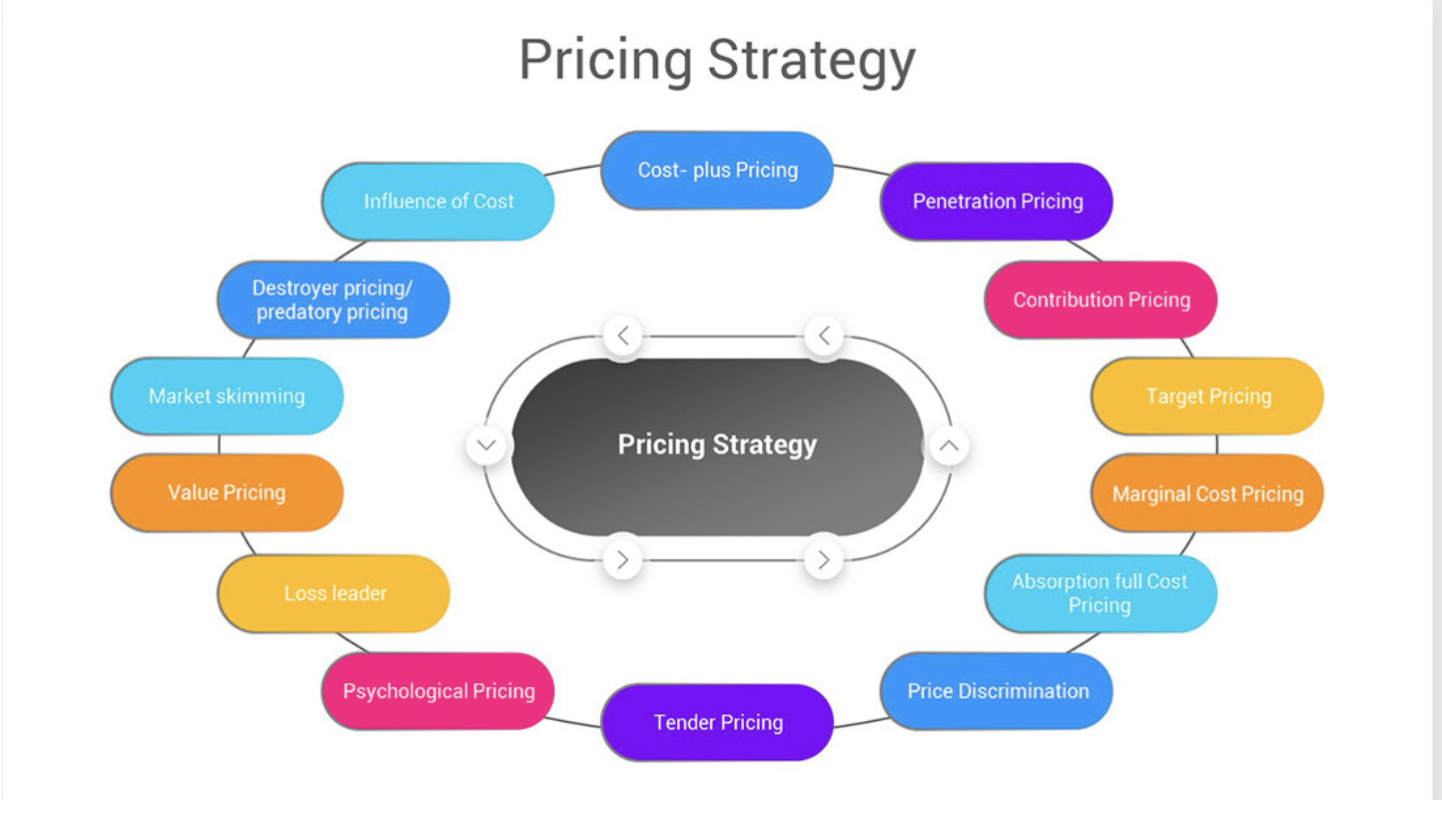Unlocking the Power of Pricing Strategies for Business Success
In our latest exploration of marketing's core elements, we delve into the crucial aspect of pricing strategies and their profound impact on business success.
1. The Importance of Pricing in the Marketing Mix
Pricing is not just a number; it's a reflection of value, market position, and brand perception. Understanding the four Ps of marketing—product, price, promotion, and place—we see how pricing significantly influences customer decisions and business profitability.
2. Analyzing the Impact of Pricing on Profit
An insightful analysis reveals that a 1% improvement in pricing can lead to an 11% increase in profit. This surpasses improvements in variable costs, volume, and fixed costs, highlighting pricing as a strategic lever in business growth.
3. Diverse Pricing Strategies and Their Applications
There are various pricing models like Cost Plus, penetration, psychological, and value pricing. Each strategy has its context and effectiveness, varying across industries from technology to luxury goods.
Price penetration strategy aims to quickly capture significant market share, while discounts are a tactical approach to snatch market segments from competitors.
Skimming is another strategy focused on attracting early adopters, often setting a high initial price that is lowered over time.
Premium pricing is utilized to set high prices, reflecting the perceived value and exclusivity of a product.
In contrast, Cost Plus pricing is often used in governmental and controlled market scenarios, where prices are set based on costs plus a fixed margin.
The Going Rate strategy involves setting prices similar to competitors, ensuring a like-for-like market position.
Target pricing takes a more segmented approach, fixing prices specifically for different market segments or channels.
Price Discrimination can be used to create high/low pricing models to target different consumer groups, and Quantum pricing, where prices start high and gradually decrease, is an approach used to boost sales volume over time.
Each of these strategies has its unique place and effectiveness, depending on the market context and business objectives.
4. The Psychological Aspects of Pricing
The art behind pricing is as important as the science. For instance, gender-specific color preferences can influence pricing presentation. There are also psychological pricing tactics like the left digit effect, commonly employed by brands and also used by Apple.
5. Strategic Pricing in SaaS
The 'Good-Better-Best' pricing model is a strategic approach widely adopted in various industries, particularly effective in the Software as a Service (SaaS) sector. This model segments offerings into three distinct tiers – Good, Better, and Best – each providing progressively higher value at increasing price points.
The 'Good' tier typically includes the basic features sufficient for entry-level users, offering an affordable option for those seeking essential functionalities.
The 'Better' tier is designed for more advanced users, incorporating additional features or services that justify a moderately higher price.
The pinnacle, the 'Best' tier, caters to the premium segment, offering the most comprehensive set of features or services, often tailored for enterprise-level clients or those requiring the most extensive solutions.
This tiered structure not only caters to a diverse customer base with varying needs and budgets but also strategically encourages customers to opt for higher tiers by demonstrating the incremental value and benefits.
It's a powerful pricing strategy that effectively balances accessibility with premium offerings, ensuring a broader market appeal while maximizing revenue potential
6. Luxury Pricing
Luxury pricing is a unique approach in the high-end market, where the cost of a product often reflects more than just its material value; it symbolizes prestige, craftsmanship, and exclusivity.
This strategy is not merely about setting high prices but creating a perception of unparalleled quality and status. Intrinsically linked to luxury pricing are consumer behaviors influenced by psychological effects.
The Bandwagon effect occurs when consumers purchase luxury items to align with trends or be part of a group, driven by a sense of belonging.
In contrast, the Snob effect is observed when individuals purchase unique or less popular luxury items to stand out and differentiate themselves from the mainstream.
The Veblen effect, named after economist Thorstein Veblen, explains a phenomenon where higher prices generate greater appeal, as consumers perceive the higher cost as a marker of superior quality and prestige.
Lastly, the Diderot effect comes into play when the acquisition of one luxury item leads to a cascade of additional purchases, driven by a desire for consistency in lifestyle and status.
Together, these psychological phenomena play a critical role in shaping the luxury market, influencing both pricing strategies and consumer buying patterns
This overview just scratches the surface of our comprehensive exploration of pricing strategies.
I invite you to join the discussion and share your insights. How do you approach pricing in your industry? What challenges and successes have you encountered especially with respect to pricing?




